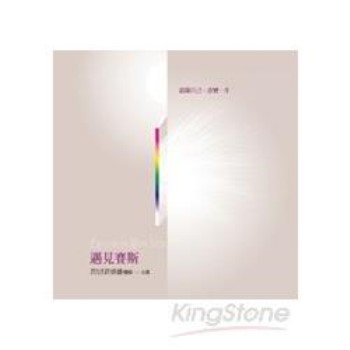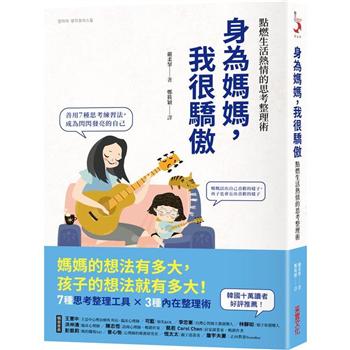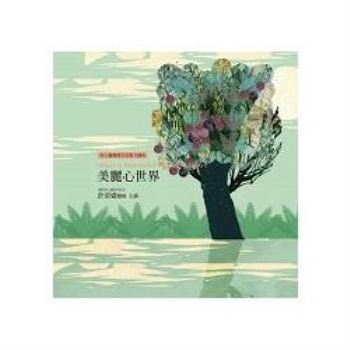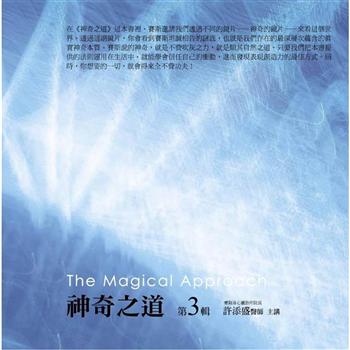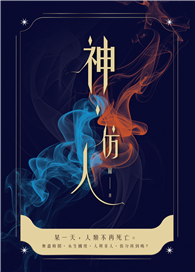This book explores art song as an emblem of musical modernity in early twentieth-century East Asia and Australia. It appraises the lyrical power of art song - a solo song set to a poem in the local language in Western art music style accompanied by piano - as a vehicle for creating a localized musical identity, while embracing cosmopolitan visions. The study of art song reveals both the tension and the intimacy between cosmopolitanism and local politics and culture. In 20 essays, the book includes overviews of art song development written by scholars from each of the five locales of Japan, Korea, China, Taiwan, and Australia, reflecting perspectives of both established narratives and uncharted historiography. The Art Song in East Asia and Australia, 1900 to 1950 proposes listening to the songs of our neighbours across cultural and linguistic boundaries. Recognizing the colonial constraints experienced by art song composers, it hears trans-colonial expressions addressing musical modernity, both in earlier times and now. Readers of this volume will include musicologists, ethnomusicologists, singers, musicians, and researchers concerned with modernity in the fields of poetry and history, working within local, regional, and transnational contexts.

